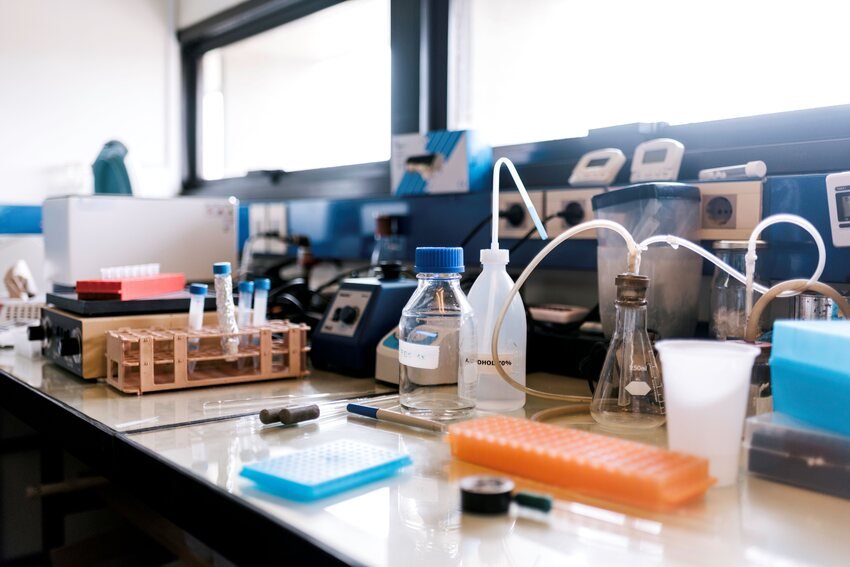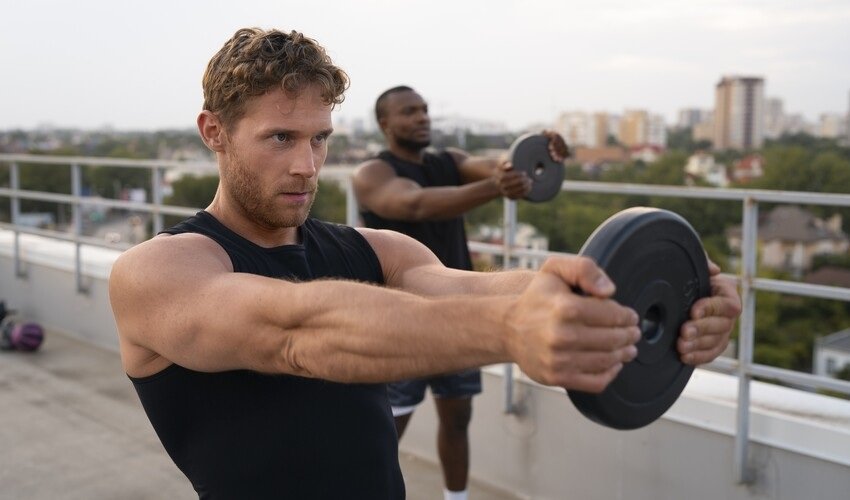Prevention of ligament injuries play a vital role in maintaining the stability of your joints, its mobility, and overall musculoskeletal well-being. Ligaments, being tough and fibrous tissues, act as a connecting link to the bones to other bones, thus providing aid and stability to the joints.
Injuries to ligaments, like sprains or tears, can happen from various day to day activities and leave an impact on one’s routine life. Implementing preventive measures can significantly reduce the risk of ligament injuries.
In this blog post, we will explore strategies for ligament injury prevention across different scenarios and activities.
General Strategies for Ligament Injury Prevention:
- Proper Warm-Up:
- Engage in dynamic warm-up exercises before physical activities to increase blood flow, flexibility, and joint range of motion.
- Include specific stretches targeting the major muscle groups around the joints.
- Strengthening Exercises:
- Incorporate strength training exercises to build muscle around joints, providing additional support and stability.
- Focus on both concentric and eccentric muscle contractions to enhance overall strength.
- Balance Training:
- Improve balance through specific exercises that challenge stability, such as single-leg stands or stability ball exercises.
- Enhancing balance helps the body respond effectively to changes in joint position, reducing the risk of injury.
- Correct Technique:
- Use proper form and technique during exercises and activities to minimize stress on ligaments.
- Seek guidance from fitness professionals or coaches to ensure proper execution.
- Gradual Progression:
- Progress exercise intensity and duration gradually, allowing the body to adapt to increased demands.
- Avoid sudden, drastic changes in activity levels.
- Appropriate Footwear:
- Wear appropriate footwear for specific activities to provide adequate support and shock absorption.
- Replace worn-out shoes to maintain proper cushioning and stability.
- Maintain a Healthy Weight:
- Maintaining a healthy weight reduces excess stress on joints, particularly weight-bearing joints like the knees and ankles.
- It will prevent you from looking out for the best knee pain surgeon in Delhi.
Ligament Injury Prevention in Sports:
- Sport-Specific Conditioning:
- Tailor conditioning programs to the demands of the specific sport, focusing on movements and muscle groups relevant to the activity.
- Include sport-specific drills to mimic game situations.
- Protective Gear:
- Use appropriate protective gear, such as braces or supports, to enhance joint stability during high-impact sports.
- Consult with healthcare professionals or sports medicine experts for personalized recommendations.
- Skill Training:
- Include skill-specific training to improve technique and coordination, reducing the risk of injuries during sports activities.
- Rest and Recovery:
- Allow adequate time for rest and recovery between training sessions and competitions.
- Overtraining increases the risk of fatigue-related injuries.
- Injury Assessment and Rehabilitation:
- Prioritize timely assessment and rehabilitation of any existing injuries to prevent them from becoming chronic issues.
- Follow a comprehensive rehabilitation program curated by your medical practitioner.
Ligament Injury Prevention in Daily Activities:
- Proper Lifting Techniques:
- Lift objects using proper body mechanics to avoid unnecessary stress on the lower back and other joints.
- Bend slightly at your knees and hips, keeping your back all straight.
- Ergonomics:
- Maintain proper ergonomics at workstations to reduce the risk of repetitive strain injuries.
- Adjust desk and chair heights, use ergonomic tools, and take regular breaks to stretch and move.
- Fall Prevention:
- Minimize tripping hazards in the home or workplace, such as loose rugs or cluttered areas.
- Install handrails on stairs and use non-slip mats in bathrooms to prevent falls.
- Foot Care:
- Pay attention to foot health and address issues such as flat feet or overpronation.
- Custom orthotics may be beneficial for individuals with specific foot conditions.
- Joint-Friendly Activities:
- Choose joint-friendly activities that reduce impact on the knees and hips, such as swimming or cycling.
- Modify high-impact exercises if needed, especially for individuals with existing joint concerns.
- Regular Health Check-Ups:
- Regularly assess overall health and address any underlying medical conditions that may contribute to joint problems.
- Stay informed about joint health through discussions with healthcare providers.
Special Considerations for Ligament Injury Prevention:
- ACL Injury Prevention:
- Anterior Cruciate Ligament (ACL) injuries are common, especially in sports involving sudden stops and changes in direction.
- Implement neuromuscular training programs focusing on proper landing techniques and dynamic stability.
- Ankle Injury Prevention:
- Strengthen the muscles around the ankle joint, emphasizing dorsiflexion and inversion/eversion movements.
- Include balance exercises to enhance balance and stability.
- Knee Injury Prevention:
- Strengthen quadriceps and hamstrings to provide support to the knee joint.
- Avoid excessive valgus stress (knock-knee position) during activities.
Lifestyle and Environmental Factors:
- Hydration:
- Maintain proper hydration to support joint lubrication and reduce the risk of cramps during physical activities.
- Nutrition:
- Consume a balanced diet rich in nutrients, including those important for joint health, such as omega-3 fatty acids and vitamin D.
- Smoking Cessation:
- Smoking has been linked to impaired ligament healing. Quitting smoking contributes to overall joint health.
- Regular Physical Activity:
- Engage in regular physical activity to promote joint health and maintain overall fitness.
- Quality Sleep:
- Ensure adequate and quality sleep to support tissue repair and recovery.
When to Seek Professional Guidance:
- Persistent Pain or Instability:
- If you experience persistent joint pain, swelling, or feelings of joint instability, seek evaluation by a healthcare professional.
- Previous Injuries:
- Individuals with a history of ligament injuries should be vigilant and seek professional advice to prevent recurrence.
- Age and Joint Health:
- As individuals age, joint health becomes increasingly important. Consistent check-ups on a regular basis and taking the most suitable preventive measures are crucial.
- Personalized Consultation:
- Consult with healthcare professionals, physical therapists, or sports medicine experts for personalized advice based on individual health status and activities.
Conclusion:
To sum up, prevention of ligament injury includes a multifaceted way, thereby incorporating strategies for particular activities, day to day life, and overall well-being.
Implementing these preventive measures can significantly reduce the risk of ligament injuries, promote joint stability and longevity and also, refrain you from searching for best orthopedic doctor in South Delhi.
Individuals should prioritize their joint health through proactive measures and seek professional guidance when needed to maintain an active and injury-free lifestyle.
Author Bio:
Hi, I’m Om Shivaay – a digital marketer dealing in all its fields. In this blog post, we will explore the approach that is to be followed for the prevention of ligament injuries across different scenarios and activities. We are also talking about the measures to avoid going to the best orthopedic doctor in South Delhi.

Aimee Garcia is a senior editor at ReadDive. She has 5+ years of experience in Digital Marketing. She has worked with different IT companies.





